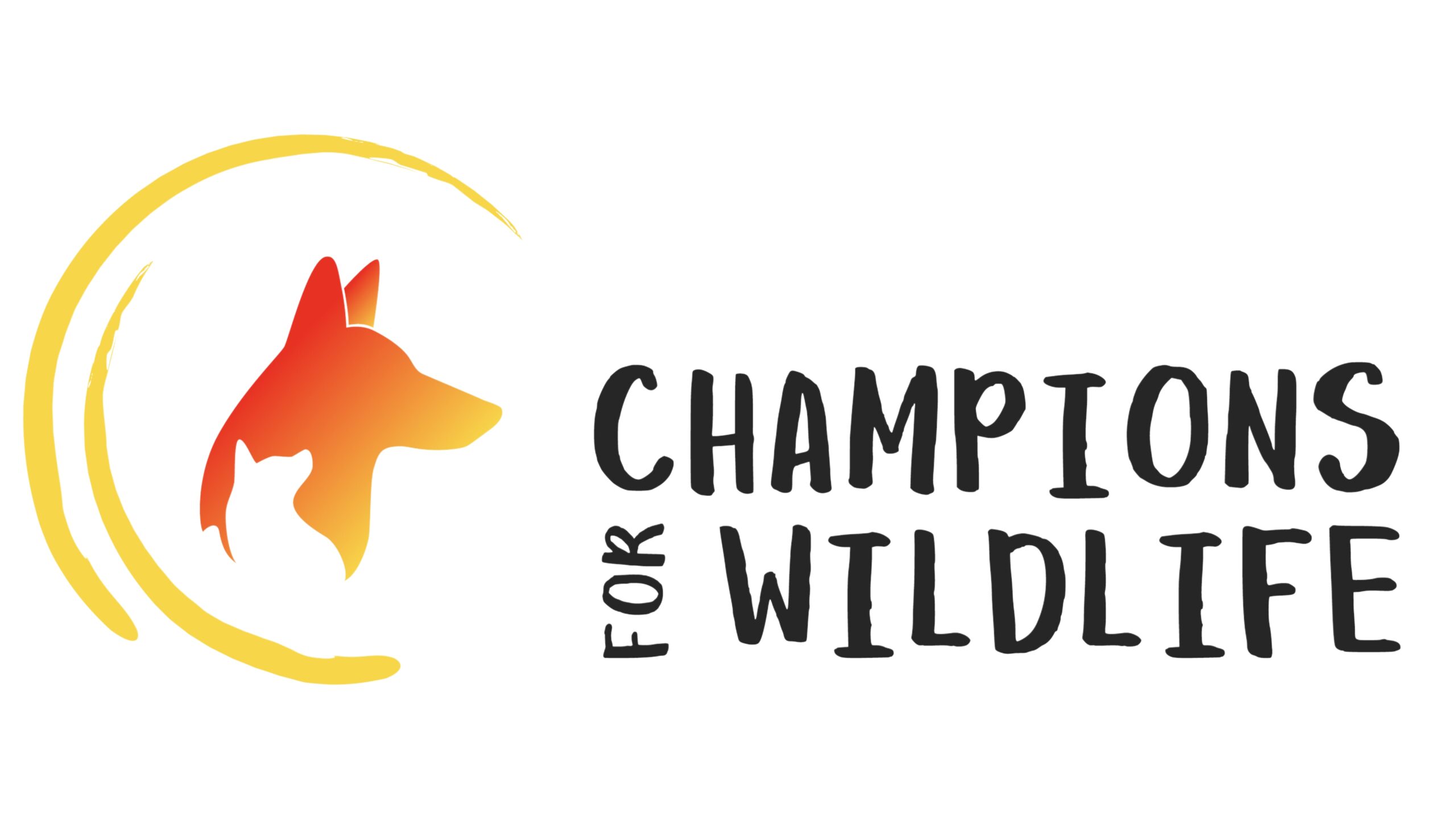Moths vs Butterflies
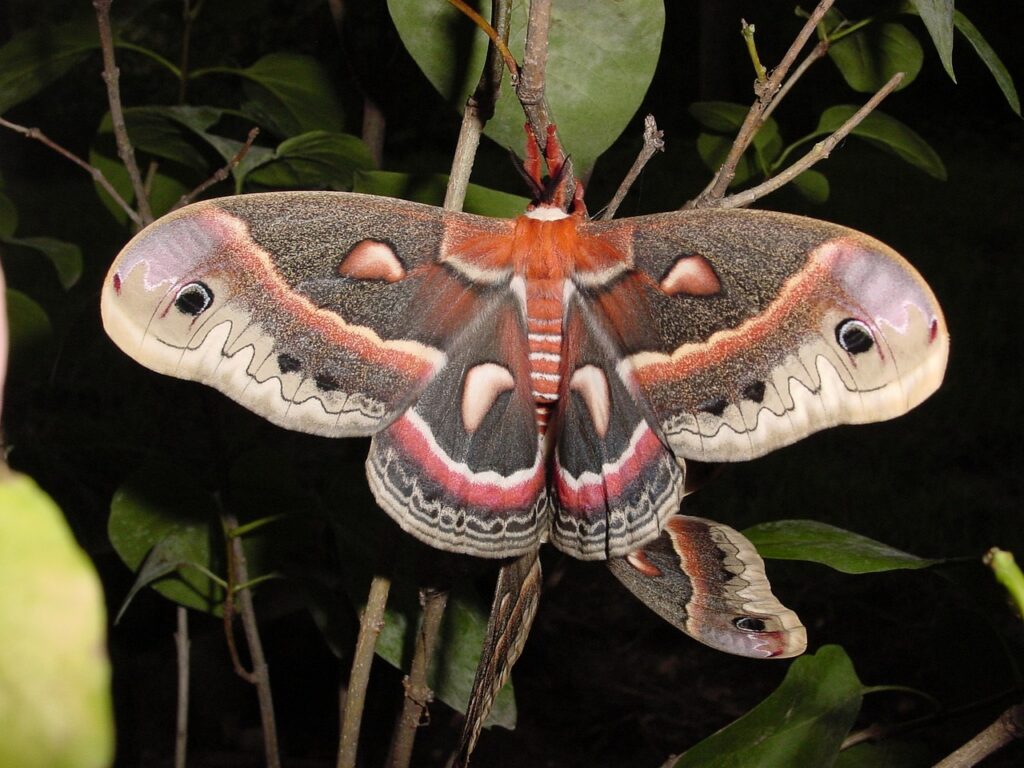
Our largest moth in the US, the cecropia moth with a wingspan up to 7 inches long
How do moths compare vs butterflies?
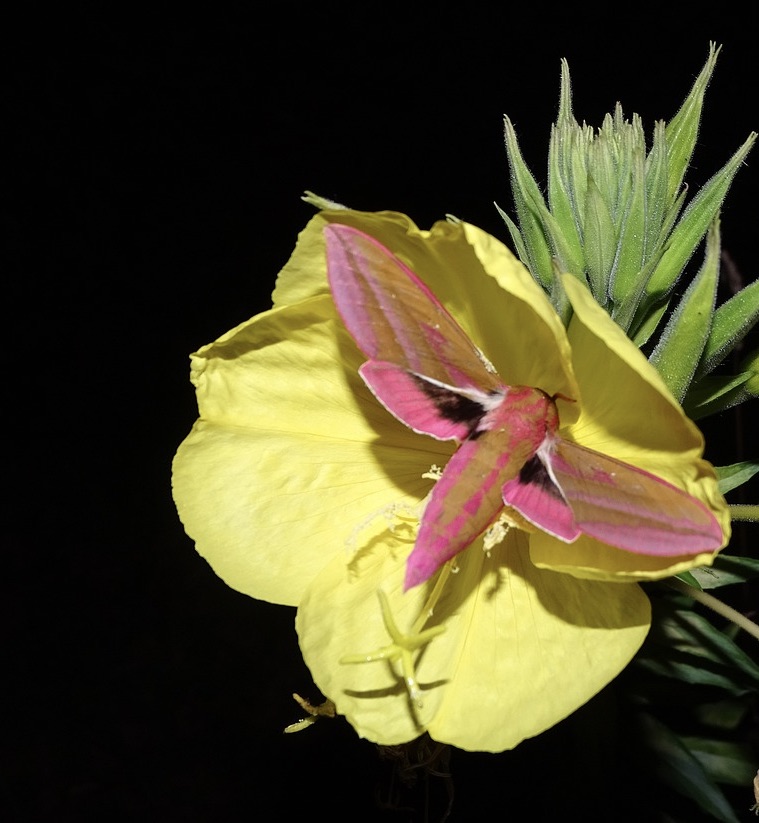
Evening primrose being pollinated by a moth. How beautiful!
As they move from flower to flower, they transfer pollen, helping plants reproduce and produce seeds. And if you want to learn more about pollinators, read our resource “Amazing Pollinators in the Garden”.
So what flowers get pollinated at night? A favorite native plant, evening primrose, is pollinated by moths as the flowers bloom mostly after dark.
What’s the easiest way to tell moths from butterflies?
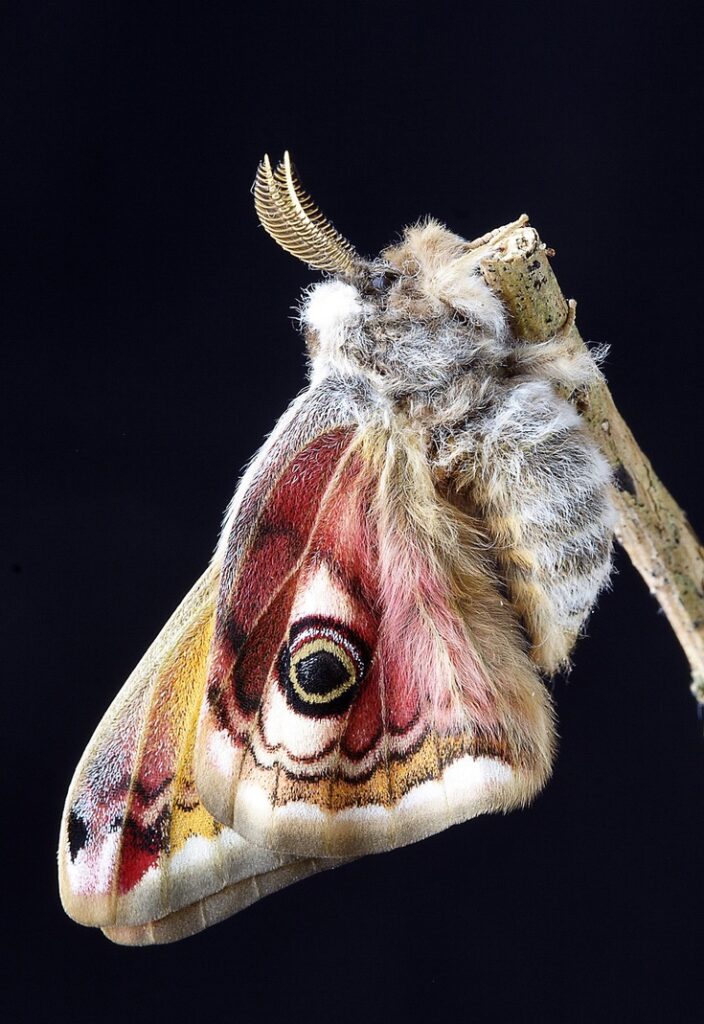
The easiest way to tell a moth is the fuzzy antennae on top of their head
Some moths have no mouths!
And some have no mouths! Our beautiful Luna Moth has no mouth and, therefore doesn’t eat. Living only a couple of weeks, their sole purpose is mating. How fascinating.
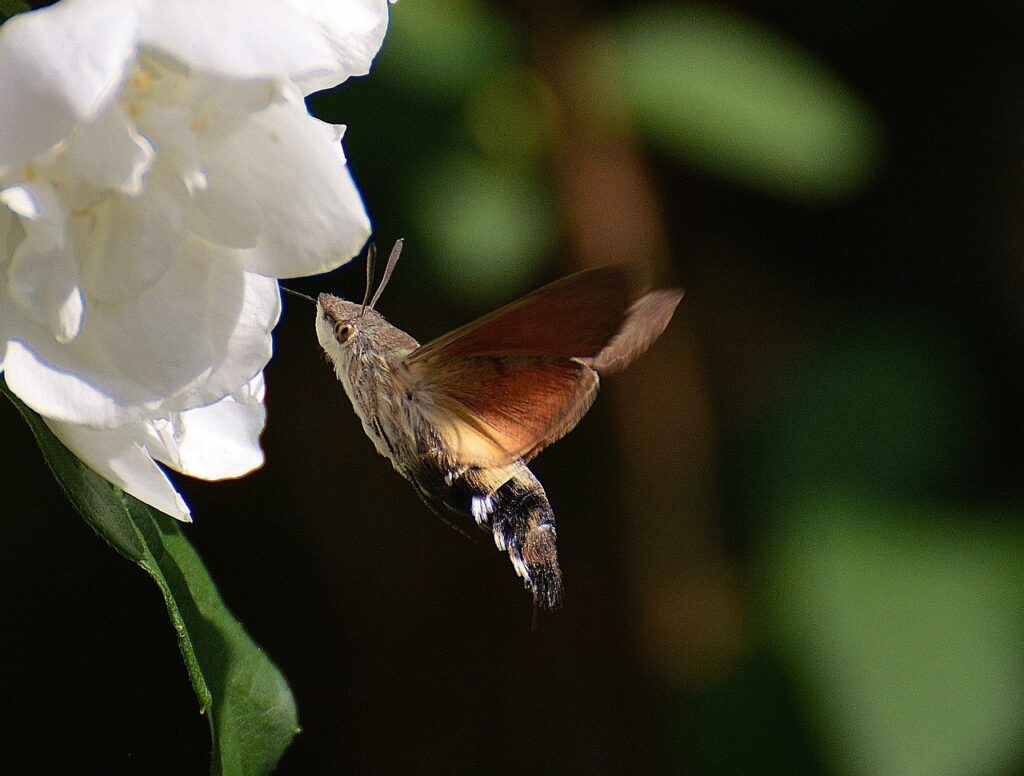
Hummingbird moths start as the oft-dreaded hornworm caterpillar!
What’s your favorite moth?
After I learned they turn into beautiful pollinators, I regret every single one I squished as they devoured my tomato plants. Now, I plant extra tomato plants just for them!
Moths and butterflies need our help.

Plant native plants for both moths and butterflies.
You can plant native flowers that attract moths. Think buttonbush, serviceberries, violets, and of course, evening primrose. All of which attract moths and can be host plants where moths can lay their eggs to reproduce.

Turning off outside lights can help moths, bats and other night creatures.
Lights out!
We Are Candid Certified!

P.O. Box 128
Lynn, North Carolina, 28750
Champions for Wildlife is a registered 501(c)(3) nonprofit charitable organization.
EIN #87-4584220
NEWSLETTER SIGN-UP
